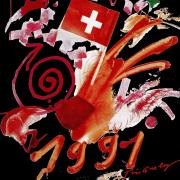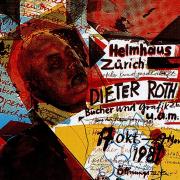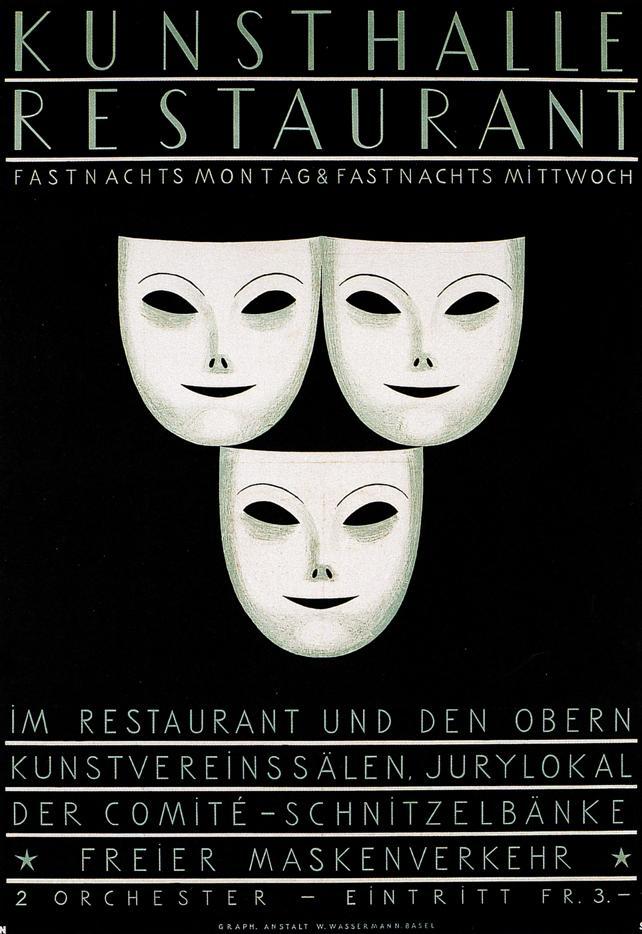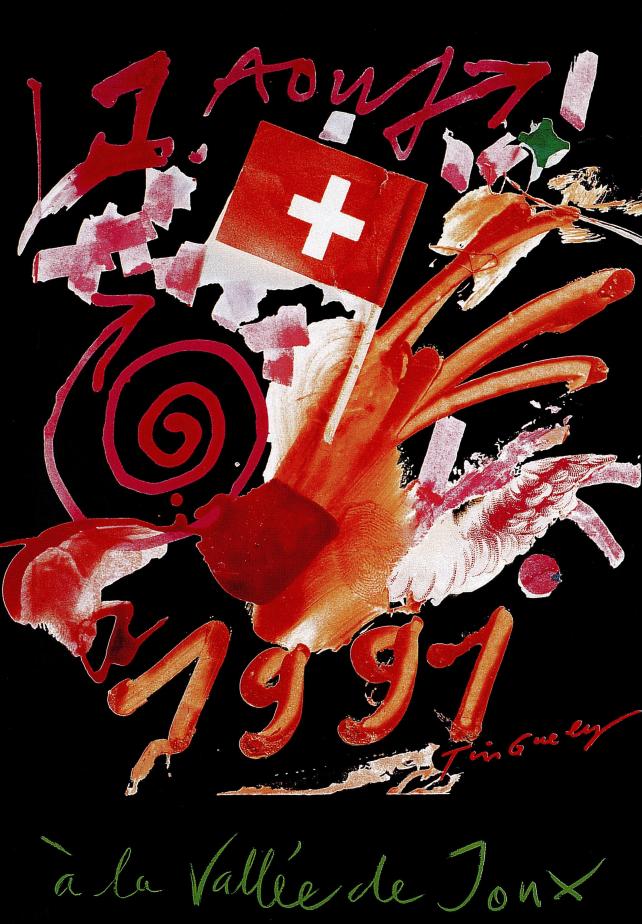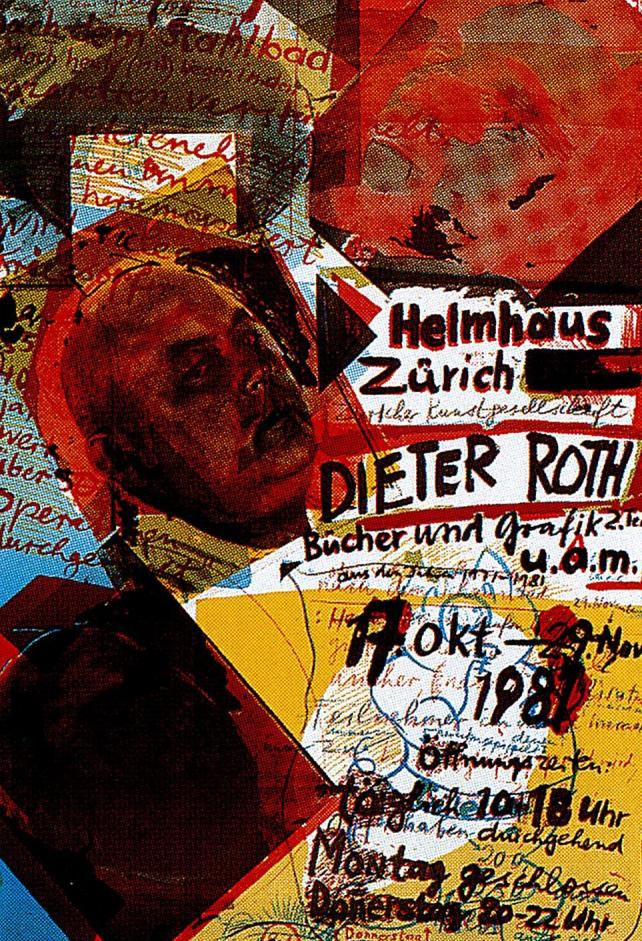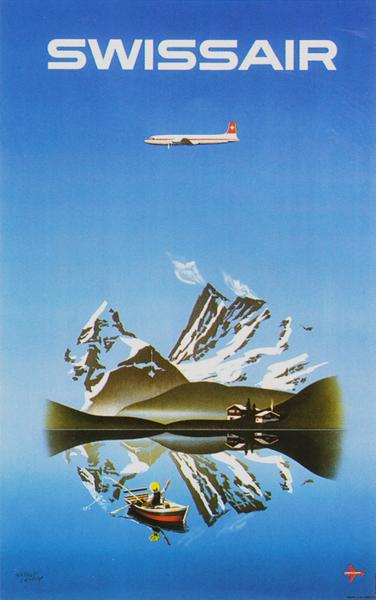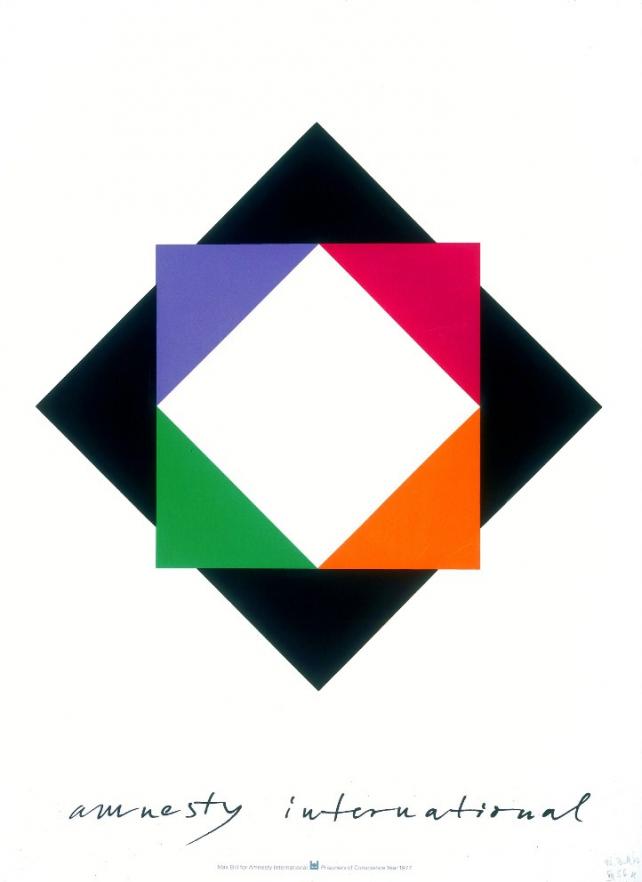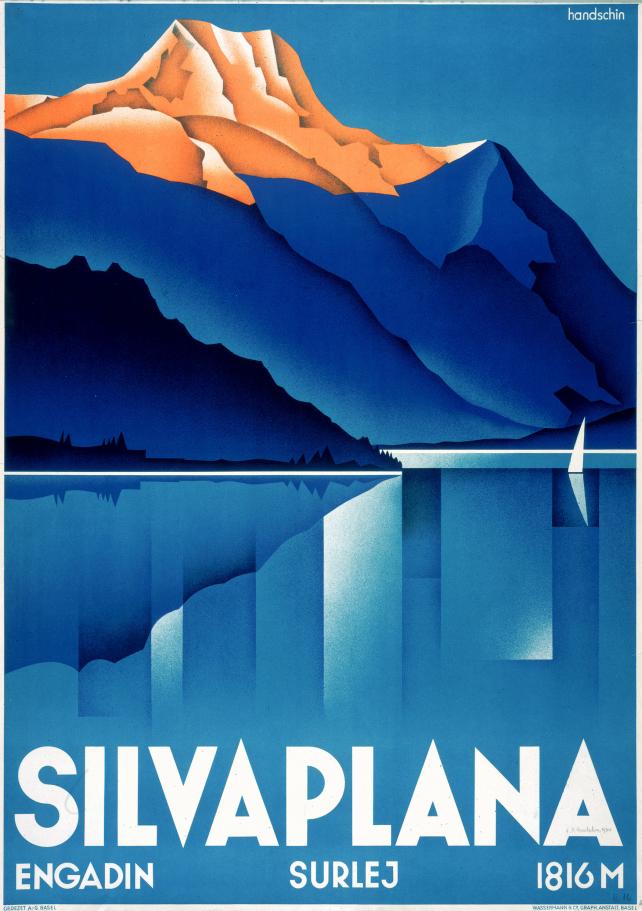Poster Art: the aesthetics of usefulness
Is Switzerland a country in which poster art expresses the mentality of its inhabitants more accurately than anywhere else? The prominent position occupied by graphic designers throughout the latter half of the 20th century in the promotion of Switzerland’s image abroad seems to confirm this view. In the catalogue of a poster exhibition shown in many countries in the 1950s, Pro Helvetia even asserted that the graphic arts were the artistic genre, which expresses the Swiss national character most fittingly
.
A brief look at the history of Swiss art confirms a close relationship between Swiss painters and graphic design. Even if poster art was developed much later in Switzerland than in neighbouring countries, in the early 20th century many artists discovered the artistic value of the poster. In 1904, Ferdinand Hodler, the most famous of them, created a poster for an exhibition of the Vienna Sezession movement.
Yet, according to Jean-Charles Giroud, the true Swiss style of graphic design emerged only in the 1930s and 1940s. The flourishing of the graphic arts is certainly due to the continuation of research in Switzerland after the National Socialists had closed down the German Bauhaus in 1933. The artists, committed to the principles of the Bauhaus, renouncing ornamentalism and bridging the gap between the fine arts and arts and crafts, inspired a major renewal of poster art. Under the influence of concrete art and geometric abstraction, a poster was no longer regarded as a mere tool for advertising a product or an event, but rather as an integral part of the vision of an ideal commonwealth based on the democratisation of the arts.
After World War II, a group of artists, especially in Zurich and Basel, continued the work of the pioneers of the inter-war period. They developed a unique style characterised by simple symbols, refinement of chromatic perception, effective use of sophisticated typography and a decisive renunciation of figurative art. The prize for best poster, annually awarded by the Federal Department of Home Affairs since the 1940s, established the official standing of graphic design.
The international recognition of the “Swiss Style” transformed posters into an attractive and inexpensive export item, often used by Pro Helvetia. Between 1950 and 1980, Pro Helvetia sent poster art exhibitions abroad on an annual basis, often to faraway places, to show the innovative work of Swiss graphic designers.
Abroad, these exhibitions reinforced the stereotypes of precision work and formal perfection usually associated with the label “Swiss Made.” In some cases, poster art exhibitions were used to support commercial promotion.
In 1949, the Swiss Office of Business Development asked the panel appointed by Pro Helvetia to award a prize to some posters displaying watches, intending to promote the country’s leading export article. The request was not refused.
Archives
AFS E9510.6 1991/51, Vol.320, 321, 322, 425
Bibliography
Giroud, Jean-Charles : Les artistes suisses et l’affiche, un siècle de fascination et de confrontation, Neuchâtel, Association des amis de l’affiche suisse 2001



